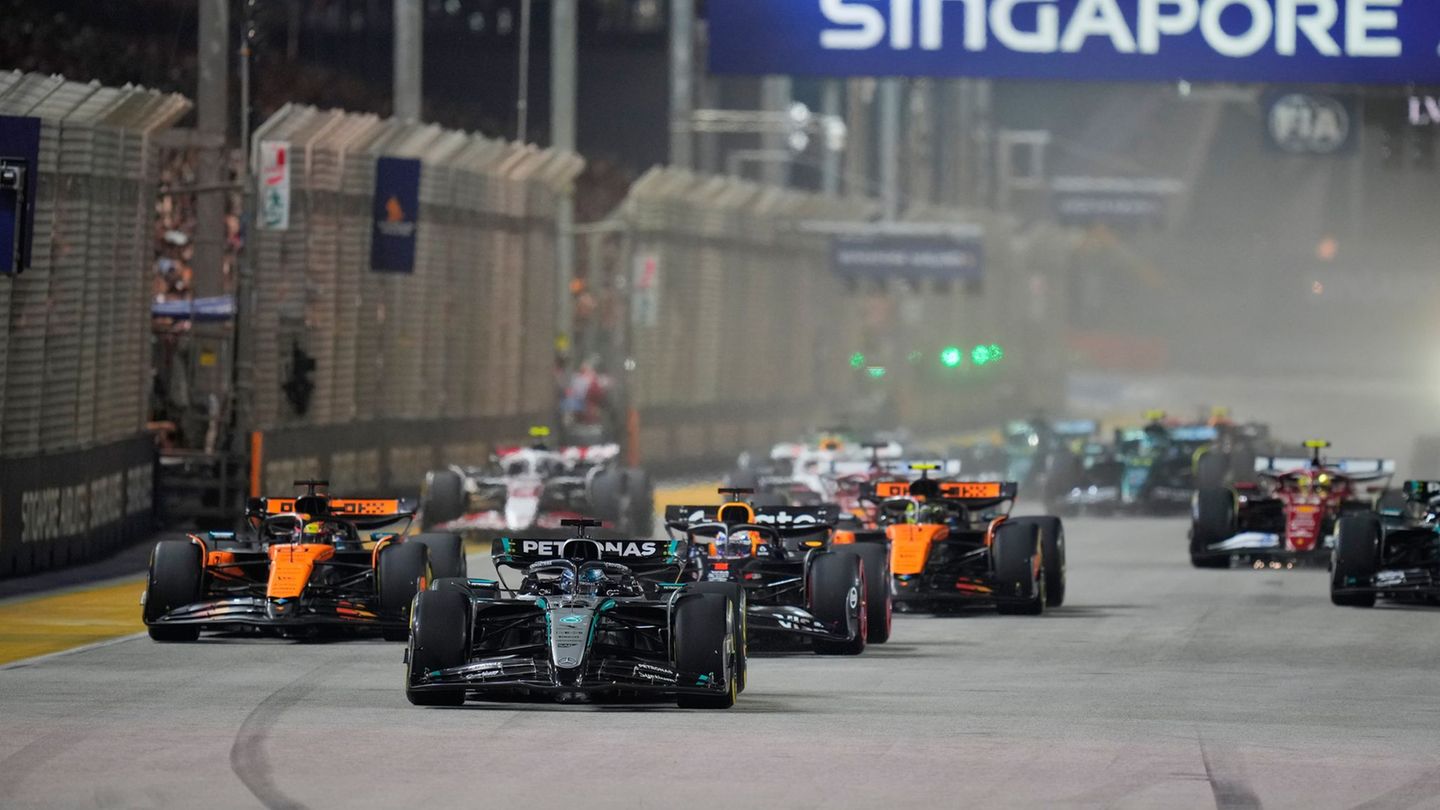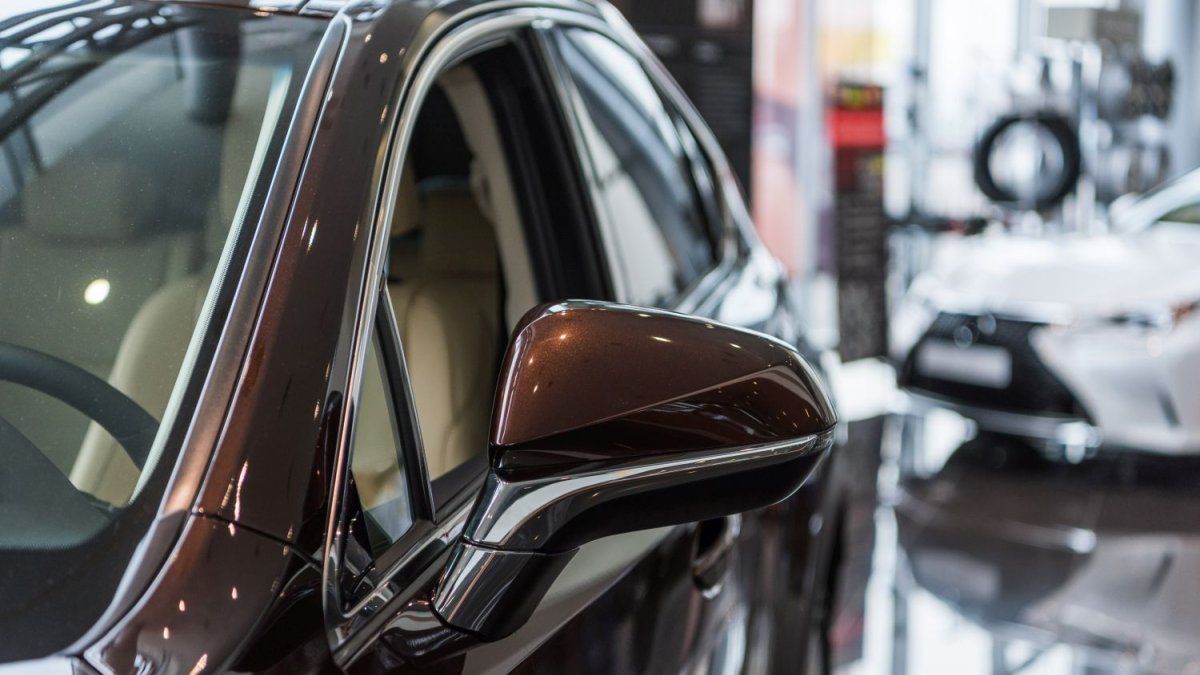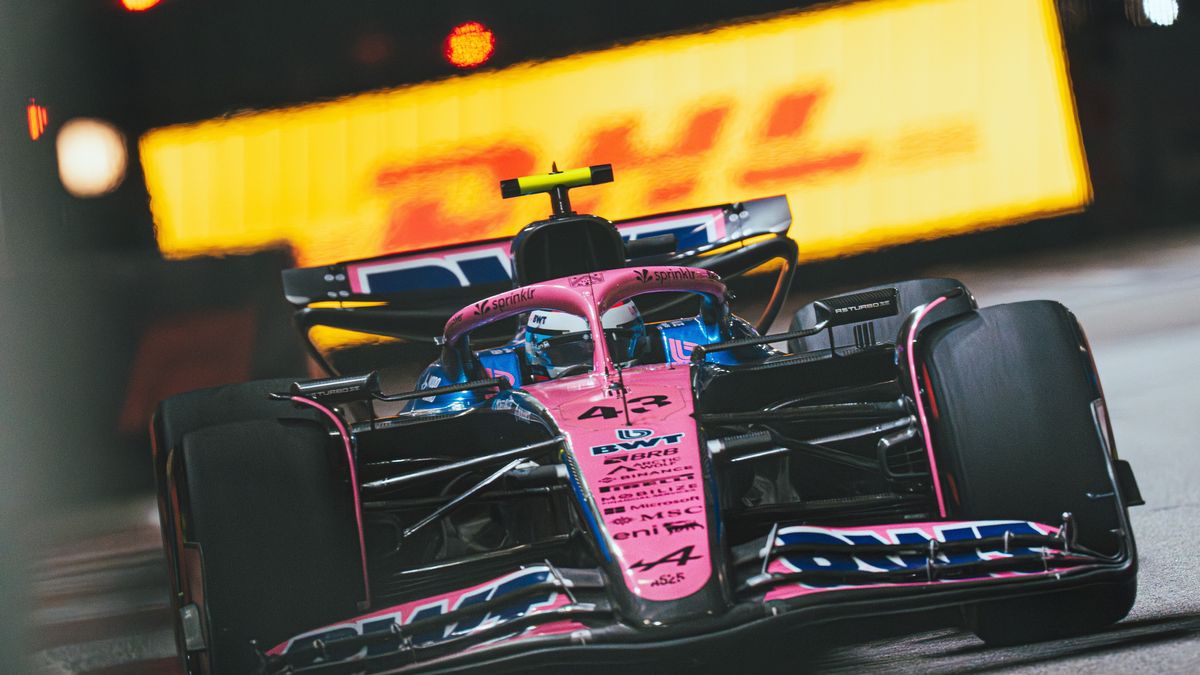Fuel prices have never risen as sharply as they are now. How do they come about, how much does the state benefit and how do prices compare historically?
The war in Ukraine is driving fuel prices to unprecedented heights. In just one week, diesel has become almost 40 cents more expensive, as the ADAC announced on Wednesday.
On a nationwide daily average on Tuesday, the fuel cost 2.150 euros per liter. Super E10 increased by 27.6 cents to 2.103 euros on a weekly basis. And the next price jump was already apparent on Wednesday. But what is driving the prices, how are they in a historical comparison, how much does the state benefit and how are other countries dealing with the gas price shock?
How is the fuel price made up?
A large part are taxes and duties: The energy and mineral oil tax accounts for 65.45 cents per liter for premium petrol and 47.07 cents for diesel. Added to this is VAT – currently 33.6 cents for Super E10 and 34.3 cents for diesel – and the CO2 tax, which – depending on the proportion of biofuel – adds another seven cents per liter to the books. In total, around 89 cents per liter are currently going to the state for diesel and almost 106 for E10.
The rest of the price – ie around 126 cents for diesel and around 104 cents for petrol per liter – is accounted for, among other things, by the price of the raw materials, costs for the refinery, transport and distribution as well as the profits of the companies involved. Product costs are likely to be the largest item at the moment.
Does the state benefit from rising fuel prices?
The energy or mineral oil tax and the CO2 price remain constant, but the VAT increases with the fuel prices. The current increase of 39.4 cents per liter of diesel within a week ensures that the state earns 6.3 cents more per liter of diesel sold. The increase of 27.6 cents in petrol raises the state’s revenue from VAT by 4.4 cents per liter. If you fill up less because of the high fuel prices, the effect could disappear.
What drives the fuel price?
The main drivers of the rise at the pump so far are oil prices, which have soared in the wake of the war in Ukraine and sanctions against Russia. The strong dollar amplifies the effect as oil is traded in dollars and German buyers pay in euros. Added to this is the unusually strong demand for heating oil. Even before the Russian war against Ukraine, fuel prices in Germany had risen to record highs.
What is the price of fuel in a historical comparison?
The increase over the year is huge: in March last year, diesel cost 1.315 euros per liter and Super E10 1.454 euros. And the old record values from August and September 2012 have left fuel prices far behind: At that time, Super E10 had reached 1.709 and Diesel with 1.554, long-standing highs. Since then, diesel has increased by a good 38 percent and E10 by a good 23 percent. That is significantly more than the general increase in consumer prices. According to the Federal Statistical Office, this was 14.4 percent from September 2012 to January 2022.
How hard is it for drivers?
Every kilometer driven is currently becoming more expensive for owners of combustion engines. For a typical petrol car with around 10,500 kilometers per year and eight liters per 100 kilometers, the difference between the prices in March 2021 and the current values is 545 euros over the year. With a typical diesel with around 20,000 kilometers a year and six liters consumption, it would even be 1002 euros.
How is the debate about driver relief?
Among other things, reductions in value added tax and mineral oil taxes and further improvements in the commuter allowance are currently being demanded. The latter was raised early as part of a relief package. Other countries have already taken clearer steps.
Is it worth going abroad to fill up?
“If you live near the border, maybe even work in the cheaper neighboring country or drive there anyway to go shopping or something similar, it’s definitely worth filling up there,” says the ADAC. Travel costs and time expenditure should not be forgotten. According to the Federal Association of Medium-sized Petroleum Companies, diesel and petrol in Poland are 50 to 60 percent cheaper than in Germany because Poland has significantly reduced its fuel taxes. Gas stations in Mecklenburg-Western Pomerania, Brandenburg and Saxony have already given up or are about to give up because of the enormous price differential.
Even before the Russian crisis, fuel prices in other European countries were sometimes cheaper, but sometimes more expensive than in Germany. This is due to the different amounts of taxes and duties. Ireland announced on Wednesday that it would temporarily reduce the tax by 20 cents on petrol and 15 cents on diesel.
Source: Stern
Jane Stock is a technology author, who has written for 24 Hours World. She writes about the latest in technology news and trends, and is always on the lookout for new and innovative ways to improve his audience’s experience.




